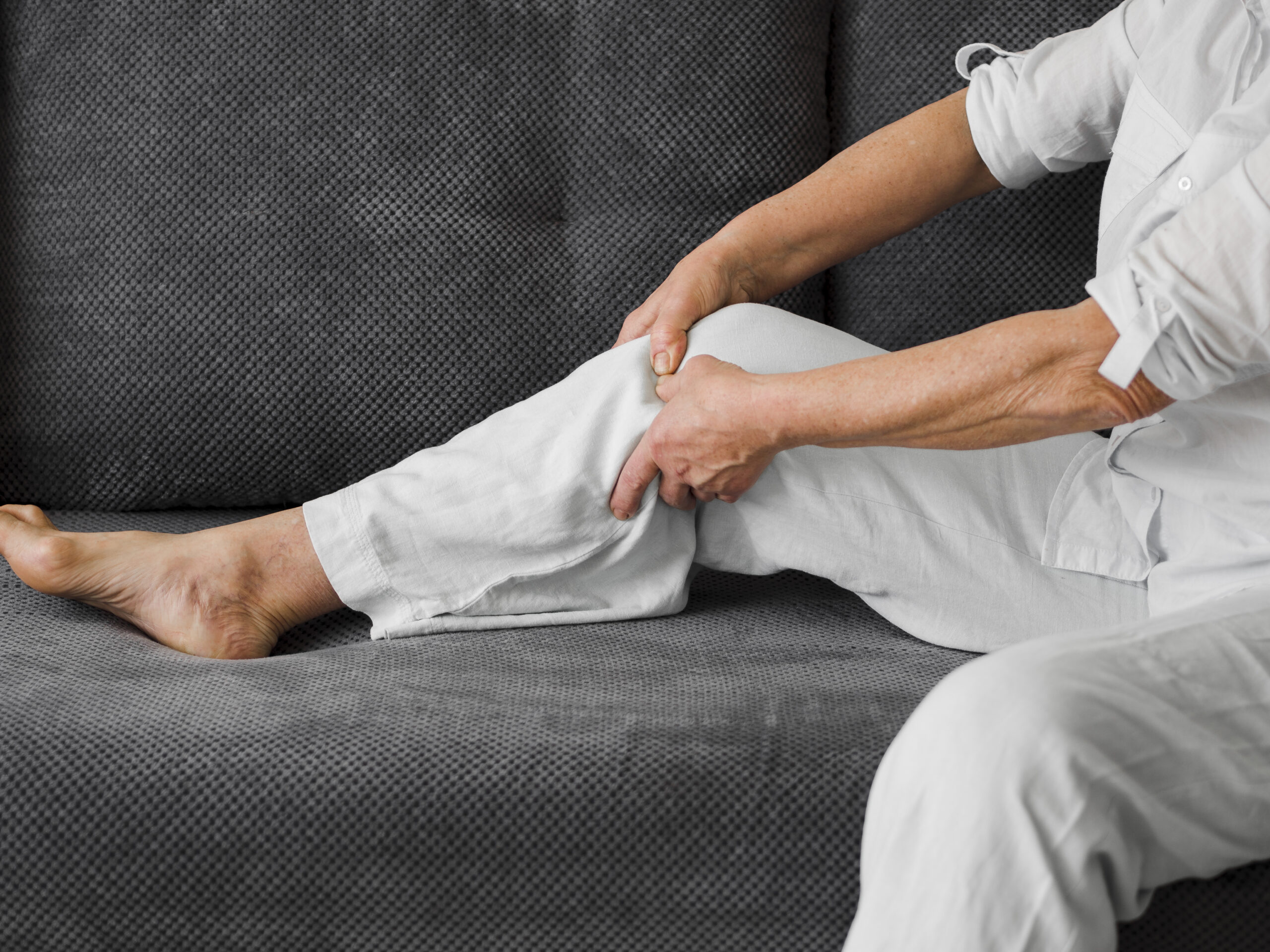Urinary tract infections (UTIs) are a common and painful condition affecting millions of people every year. With symptoms ranging from a persistent urge to pee to a burning sensation during urination, UTIs can make even the simplest of daily activities a struggle. But the good news is, with proper understanding and treatment, you can beat the burn and reclaim your life. In this article, we’ll take a deep dive into the causes, symptoms, and treatments for UTIs so you can take control of your health and get back to feeling your best.
What is UTI?
A urinary tract infection (UTI) is a common type of infection that occurs in any part of the urinary
system, including the bladder, ureters, kidneys, and urethra. UTIs are caused by bacteria that enter the urinary tract and multiply, leading to symptoms such as pain or burning during urination, frequent urge to urinate, cloudy or strong-smelling urine, and lower abdominal pain.
Women are more prone to UTIs than men, and risk factors include having a weakened immune system, being pregnant, using certain types of birth control, and having a history of UTIs.
What are the causes of Urinary tract infection (UTI)?
Urinary tract infection (UTI) can be caused by bacteria that enter the urinary tract and multiply.
UTIs can occur when bacteria are transferred from the rectum or skin around the urethral opening to the urethra and bladder.
The most common cause of UTI is Escherichia coli (E. coli) bacteria, which are normally found in the gut and feces. Other factors that can increase the risk of UTI is poor hygiene
Urinary tract infections (UTIs) can affect both men and women, but they are more common in women. Some of the factors that increase the risk of UTI in women include:
- Short urethra, which allows bacteria to reach the bladder more easily
- Proximity of the urethra to the anus, which can lead to the spread of bacteria from the rectal area to the urethra
- Sexual activity, which can introduce bacteria into the urethra
- Use of certain types of birth control, such as diaphragms or spermicidal agents
- Menopause, which can result in changes to the urinary tract and decreased estrogen
- levels, making it easier for bacteria to colonize the bladder
In men, UTIs are less common, but they can occur, especially in older men or those with an enlarged prostate. Other risk factors for UTIs in men include:
- Catheterization or other medical procedures that introduce bacteria into the urinary tract
- Bladder outlet obstruction due to an enlarged prostate
- Kidney stones
- Weak immune system
- Diabetes
It’s important for both men and women to practice good hygiene to reduce the risk of UTIs, including wiping from front to back after using the toilet, urinating after sexual activity, and drinking plenty of water to help flush bacteria from the urinary tract.
Diagnoses and symptoms of Urinary Tract Infection
Diagnosing a urinary tract infection (UTI) typically involves a combination of a patient’s symptoms, medical history, and laboratory tests. Some common symptoms of UTI in both men and women include:
- Burning or pain during urination
- A strong, persistent urge to urinate
- Passing frequent, small amounts of urine
- Cloudy, dark, bloody, or strong-smelling urine
- Pain or pressure in the lower abdomen or back
A doctor will also typically take a medical history, including asking about risk factors for UTIs, such as recent sexual activity, recent use of antibiotics, or a history of urinary tract problems.
Laboratory tests that may be used to diagnose a UTI include:
- Urinalysis: A test that checks the urine for signs of infection, such as red and white blood cells, bacteria, or nitrite.
- Urine culture: A test that grows and identifies the type of bacteria causing the infection.
- Other tests: In some cases, a doctor may order additional tests, such as a CT scan or ultrasound, to visualize the urinary tract and check for other underlying conditions that may be causing symptoms.
The treatment for a urinary tract infection (UTI) typically involves antibiotics to kill the bacteria causing the infection. In severe cases, hospitalization may be necessary to provide IV antibiotics. Pain relievers, such as ibuprofen or acetaminophen, can also help to relieve discomfort associated with UTIs. In addition, drinking plenty of fluids and urinating frequently can help to flush out the bacteria and promote healing.The choice of antibiotic and length of treatment will depend on several factors, including the type of bacteria causing the infection, the severity of symptoms, and the patient’s overall health.
What are Preventive Strategies for Urinary Tract Infection?
In addition to antibiotics, the following steps may help relieve symptoms and speed up recovery:
- Drinking plenty of water to flush out bacteria from the urinary tract.
- Wiping from front to back after using the toilet to avoid spreading bacteria from the anus to the urethra.
- Empty bladder frequently and completely to prevent bacteria from multiplying in the urinary tract.
- Urinating before and after sexual activity to flush out bacteria.
- Using a barrier method of birth control, such as condoms, to reduce the risk of UTIs associated with sexual activity.
- Avoiding the use of harsh soaps, powders, and sprays in the genital area.
- Avoiding tight-fitting clothing, especially pants and underwear.
- Taking showers instead of baths.
- Taking antibiotics as prescribed by a doctor to treat and prevent UTIs.
- Avoiding holding in urine for long periods.
Frequently Asked Questions:
Can UTIs be treated at home?
- In most cases, UTIs can be treated with antibiotics prescribed by a healthcare provider. However, if symptoms are severe or do not improve with antibiotics, it is important to seek medical attention.
Are UTIs common?
- Yes, UTIs are a common type of infection, especially in women. The risk of UTIs increases with age, as well as with certain medical conditions, such as diabetes and weakened immune systems.
Can UTIs be prevented?
- There are several steps that can be taken to reduce the risk of UTIs, including good hygiene practices, drinking plenty of water, and avoiding irritants to the urinary tract.






